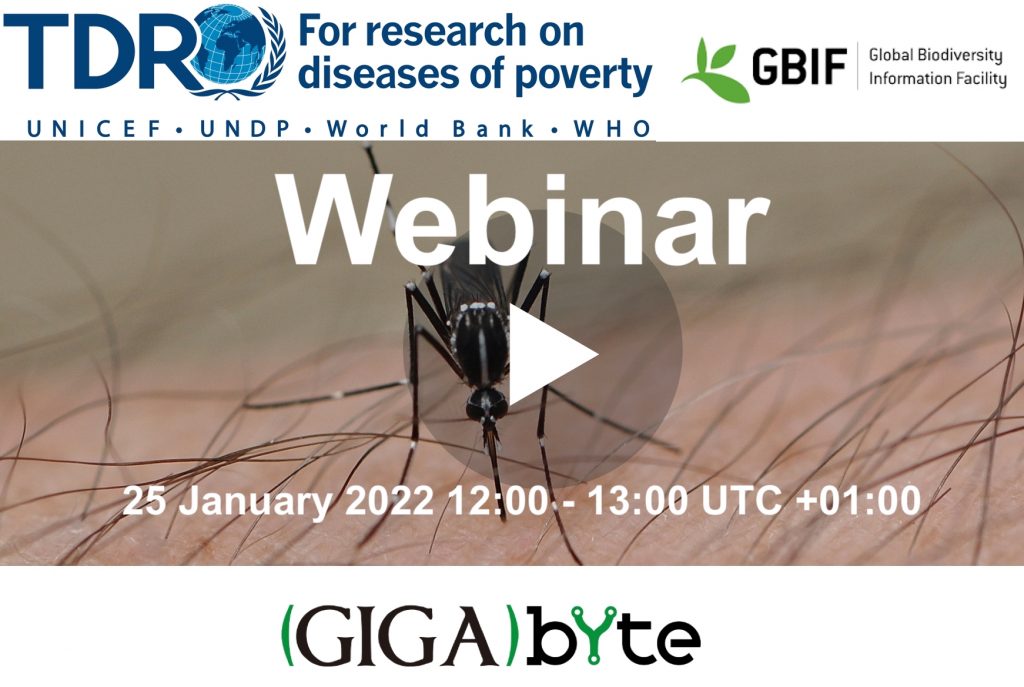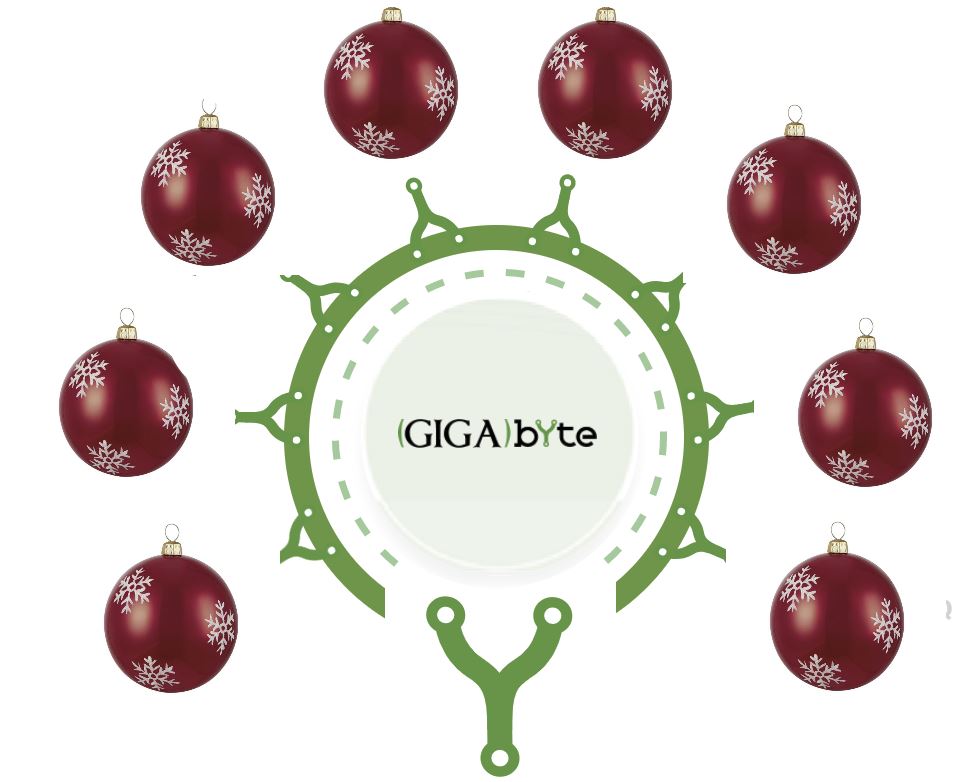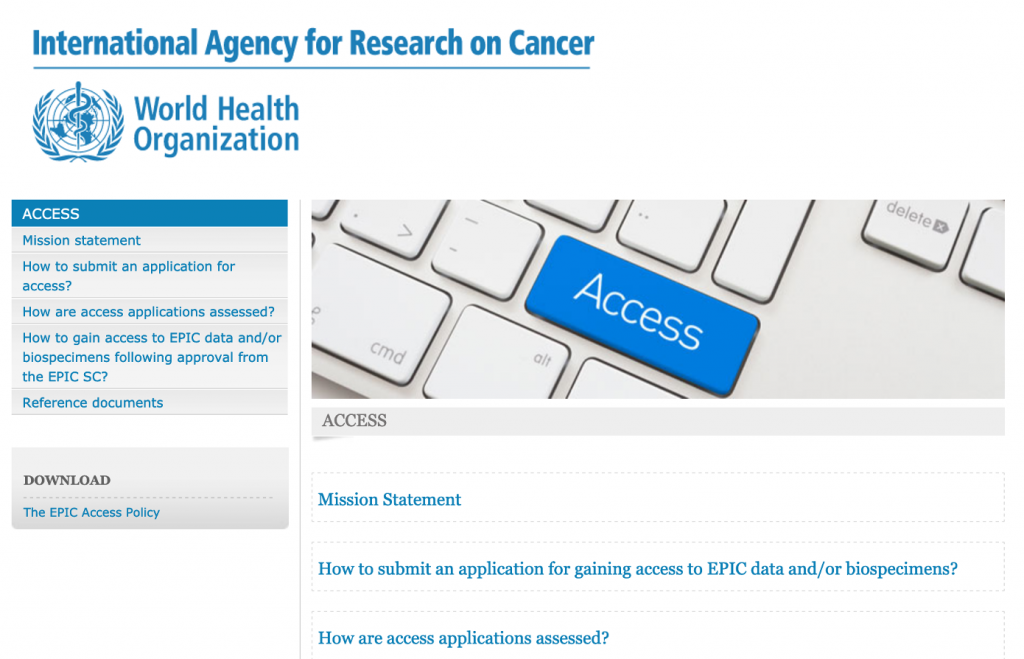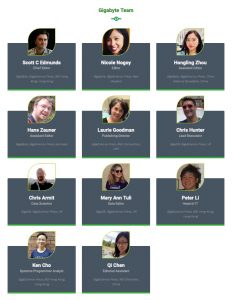
UPDATE: GigaByte and GBIF webinar video added below.

UPDATE: GigaByte and GBIF webinar video added below.

This end-of-the-year festive summary is different from previous ones: For the first time, we can look back at a full publication year of our new baby, GigaByte journal. The older sibling GigaScience will also get the attention it deserves, before celebrating its 10th birthday in 2022. Let’s first have a look at how the new family member is doing.

Embracing identity in Peer Review The COVID-19 pandemic has brought into stark focus is the importance of both a speedy dissemination of research (something our participation in the C19 Rapid Review Consortium has tried to tackle), and the need to be able to trust the validity of this information.

Since the very start of GigaScience we’ve been strong proponents of Data Citation, helping promote and practice the procedure of affording data the same importance in the scholarly record as citations of other research objects such as publications (see examples of this in GigaBlog and BMC Res Notes ). These efforts by the wider community culminated

GigaScience Presses new GigaByte Journal was launched with the goal of speeding up the dissemination of science, publishing at the speed of research . Beyond speeding up the research process by incentivizing the early release of datasets and software/computational workflows by focusing on short descriptions of these two article types (called Data Release and Technical Release), we’ve also tried to greatly speed up the normally

The National Academies of Sciences, Engineering, and Medicine (NASEM) hosted the two-day virtual workshop “Changing the Culture of Data Management and Sharing” on 28th-29th April 2021 to discuss the challenges and opportunities for establishing effective data management and sharing practices and exploring the question of universal availability of scientific data.

Looking back at this unusual COVID-dominated year, we are happy to report that GigaScience not only kept going under difficult circumstances, publishing outstanding examples of Big Data science and introducing innovations in the review process.

We have a Q&A with author Matthieu Foll from the WHO International Agency for Research on Cancer (IARC) on his new GigaScience paper presenting multi-omic data from rare lung neuroendocrine neoplasms and his experience having the precious Controlled Access data peer reviewed by named peer reviewers. As a journal focused on reproducibility of research GigaScience has a strict open-science policy, meaning

GigaScience has spawned a new smaller and more agile sibling: GigaByte, and is the first journal to come from our new GigaScience Press.

This is the last blog post of 2019 and it is time again to look back at some of the amazing research published in GigaScience over the past year. Besides handling manuscripts, reviews and data, the editors and curators also attended conferences near and far, they contributed to policy discussions and prepared the launch of a new journal, GigaByte. More about all these activities below.